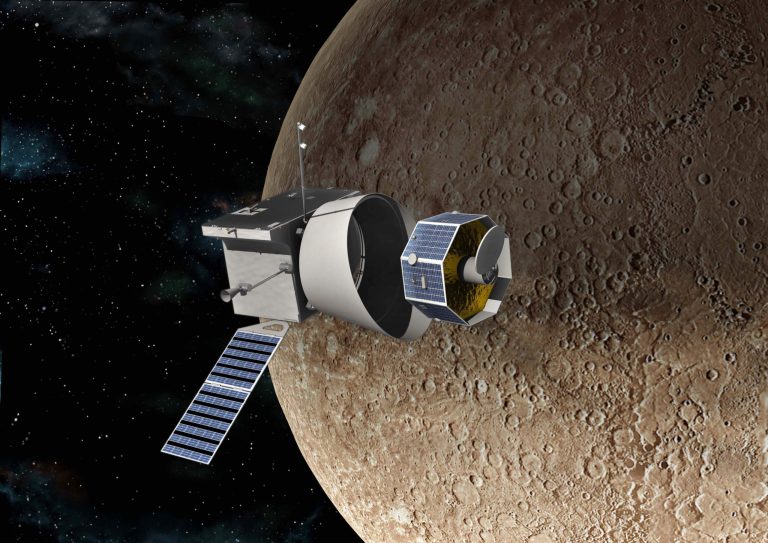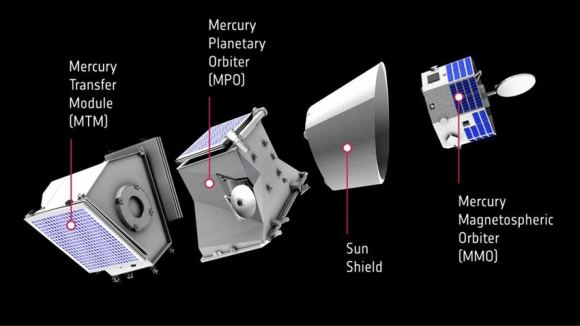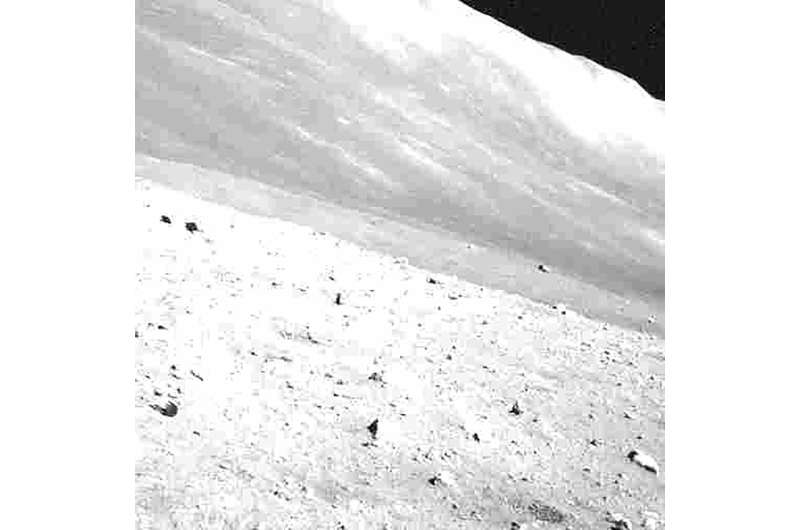Is Japan’s Next Space Mission Targeting a Comet? Details Inside
Japan’s upcoming mission is set to return samples from a comet. Building on the success of the Hayabusa and Hayabusa 2 missions, JAXA aims to explore the untouched, pristine material of a comet to gain new insights into the early Solar System and the origins of organic compounds.
Summary
- Mission Inspiration: Builds on successful sample return missions such as Hayabusa and Hayabusa 2.
- Scientific Goals: Study pristine comet material and explore the early Solar System.
- Advanced Instrumentation: Uses optical navigation, LIDAR, thermal infrared cameras, and radar.
- Mission Timeline: Targeted launch in 2034 with a 14-year mission.
- International Collaboration: Involves scientists from JAXA, universities, and research institutions worldwide.
- Innovative Design: Incorporates a Deep Space Orbital Transfer Vehicle and a lander.
- Major Challenges: Includes sample extraction, contamination prevention, and safe re-entry.
- Historical Influence: Driven by the Nebular Hypothesis and lessons from previous space missions.
- Future Impacts: Expected to refine models of planetary formation and the origins of life.
- Astrobiological Insights: May help answer the role of comets in delivering water and organic molecules to Earth.

Japan’s Next Space Mission: An Overview
Japan has a strong track record in pushing the frontiers of space exploration. Over the years, JAXA has repeatedly shown its ability to innovate through missions like Hayabusa and Hayabusa 2. These missions successfully returned samples from near-Earth asteroids like 25143 Itokawa and Ryugu, greatly enhancing our understanding of Solar System evolution. Now, a bold new proposal aims to take this exploration a giant leap forward by targeting a comet.
A Leap into the Unknown
The proposed Next Generation Small-Body Sample Return (NGSR) mission is designed to rendezvous with a comet and return untouched samples that have never been exposed to the repeated heating and irradiation effects experienced by other small bodies. This pristine material could reveal secrets about the very beginnings of our Solar System.
In simple terms, the mission is about going back in time. The comet’s inner material, which has not been altered by the harsh conditions near the Sun, offers an unparalleled glimpse of the original building blocks of the Solar System. Understanding these materials could answer fundamental questions about how planets and even life itself began.
Mission Details and Instruments
The mission architecture is innovative. It comprises two main elements: a lander, designed for sample collection, and a Deep Space Orbital Transfer Vehicle (DSOTV), tasked with returning the samples to Earth. The lander will use a Small Carry-on Impactor (SCI) to collect subsurface material, believed to contain the unaltered relics of the early Solar System. Instruments onboard include an optical navigation camera, a LIDAR system for gravity measurements, a thermal infrared camera to gauge surface properties, and bistatic radar along with seismometers to study the comet’s internal structure.
Instrumentation Table
| Instrument | Purpose |
|---|---|
| Optical Navigation Camera | Measures the comet’s topography and shape |
| LIDAR | Provides gravity measurements and 3D mapping |
| Thermal Infrared Camera | Analyzes the physical properties of the comet’s surface |
| Bistatic Radar and Seismometers | Probes the internal structure of the comet |
The table above highlights some of the key instruments that will support the mission’s scientific objectives. Each instrument has been selected to offer a comprehensive view of the comet’s characteristics and ensure the safe acquisition of samples.
The Scientific Importance
A major reason for this ambitious mission is its potential to unlock the secrets of the early Solar System. The dominant theory of planetary formation—the Nebular Hypothesis—suggests that the Sun and its planets formed from a disk of gas and dust. Over billions of years, particles within this disk gradually clumped together to form larger bodies such as asteroids, comets, and eventually, planets. Comets, however, have remained largely unchanged, preserving the original dust and ice from that primordial cloud.
By returning to Earth samples that have had minimal alteration by solar processes, scientists hope to observe organic compounds and presolar grains in their original state. Findings from previous sample return missions have already shown the presence of amino acids and complex organic matter. These discoveries have raised exciting possibilities about the extraterrestrial origins of the building blocks of life.
International Collaboration and Project Milestones
The success of this mission depends on collaboration. Researchers from institutions such as JAXA, the University of Tokyo, Osaka University, Tohoku University, and several international partners are joining forces. This global effort also involves input from Purdue University and research organizations in France. Such a wide-reaching collaboration enriches the scientific expertise and resources available for the mission.
Timeline and Mission Details Table
| Event | Details |
|---|---|
| Concept Study | Presented at the 2025 Lunar Science Planetary Conference with details available from the USRA document |
| Launch Window | Scheduled for 2034 with a total mission duration of 14 years |
| Sample Collection | Involves subsurface extraction using the SCI, ensuring collection of unaltered comet material |
| Re-entry | Samples will return via an ultra-high speed reentry trajectory from beyond Mars |
Journey of the Mission
Once launched, the spacecraft will embark on a journey toward a Jupiter-family comet. These comets, believed to originate from the outer reaches of the Solar System, contain ice and dust that are largely unchanged since the formation of the Solar Nebula. The spacecraft will approach the comet and initiate a thorough survey using its high-tech instruments. An optical navigation camera will help map the comet’s surface, while LIDAR and radar systems will ensure a safe landing zone for the lander.
The precision required for such a mission is immense. The spacecraft must navigate vast distances and perform complex maneuvers to accurately rendezvous with the comet. The lander, once in position, will use its SCI to carefully impact the comet and extract material that lies just beneath its surface. This extracted material will then be carefully analyzed in situ by onboard mass spectrometers before being preserved through a freeze-drying process. Finally, the DSOTV will return the samples to Earth, ensuring they remain pristine for detailed laboratory studies.
The Role of Prior Missions
Japan’s earlier missions, such as Hayabusa and Hayabusa 2, have paved the way for this new endeavor. These missions demonstrated that collecting and returning samples from small bodies is not only possible but also immensely valuable for science. Furthermore, NASA’s OSIRIS-REx has contributed additional knowledge by collecting samples from a near-Earth asteroid. The combined learnings from these missions are a testament to the enduring spirit of exploration and set the stage for the next grand chapter in sample return missions.
This mission is not without its obstacles. Extracting fragile comet material without contamination is a delicate process. The harsh environment of space, with its extreme cold, heat, and radiation, poses significant challenges. Despite these hurdles, the mission’s design uses proven technologies adapted from past successful missions. The advanced systems onboard ensure that samples can be secured and transported safely to Earth.
If successful, the mission will refine our understanding of the early Solar System. The pristine comet samples could reveal the chemical composition of the early solar nebula, providing clues about how the building blocks of planets came together. They may also offer evidence regarding the delivery of water and organic molecules to Earth, which is crucial for theories on the origins of life.
For those interested in further details, additional reading can be found in these key resources: the USRA document, a detailed study on the mission from Springer, information on comet 289P/Blanpain at SpaceReference, and insights on the Nebular Hypothesis available on LibreTexts.
Facts
Did you know?
Comets are some of the oldest objects in the Solar System. Their compositions can reveal secrets about the original materials that formed the planets and may even hint at how water and organic compounds arrived on Earth.
References
- USRA Document
- Springer Article
- SpaceReference Comet 289P/Blanpain
- LibreTexts on the Nebular Hypothesis
- NASA OSIRIS-REx Mission
- JAXA ISAS
- Purdue Profile on Shwakita
- ACM2023 Document
- NAO Profile
- ResearchMap Profile on Sakatani
- LPSC2025 Updates
- JAXA Symposium Abstract
- NASA Hayabusa 2 Mission
- NASA Hayabusa Mission









